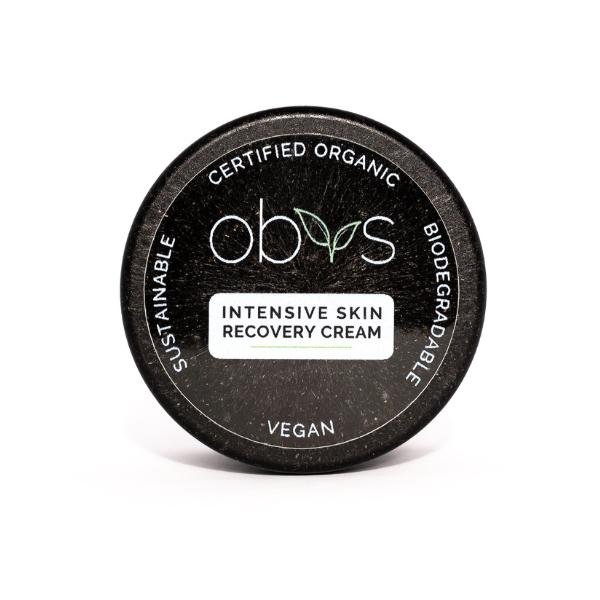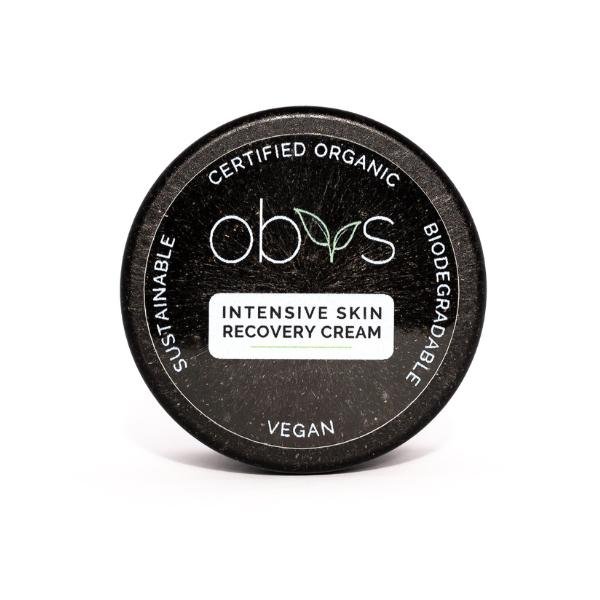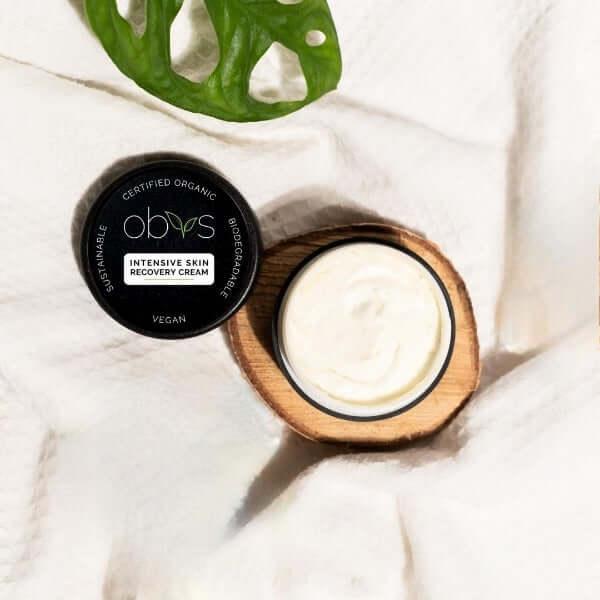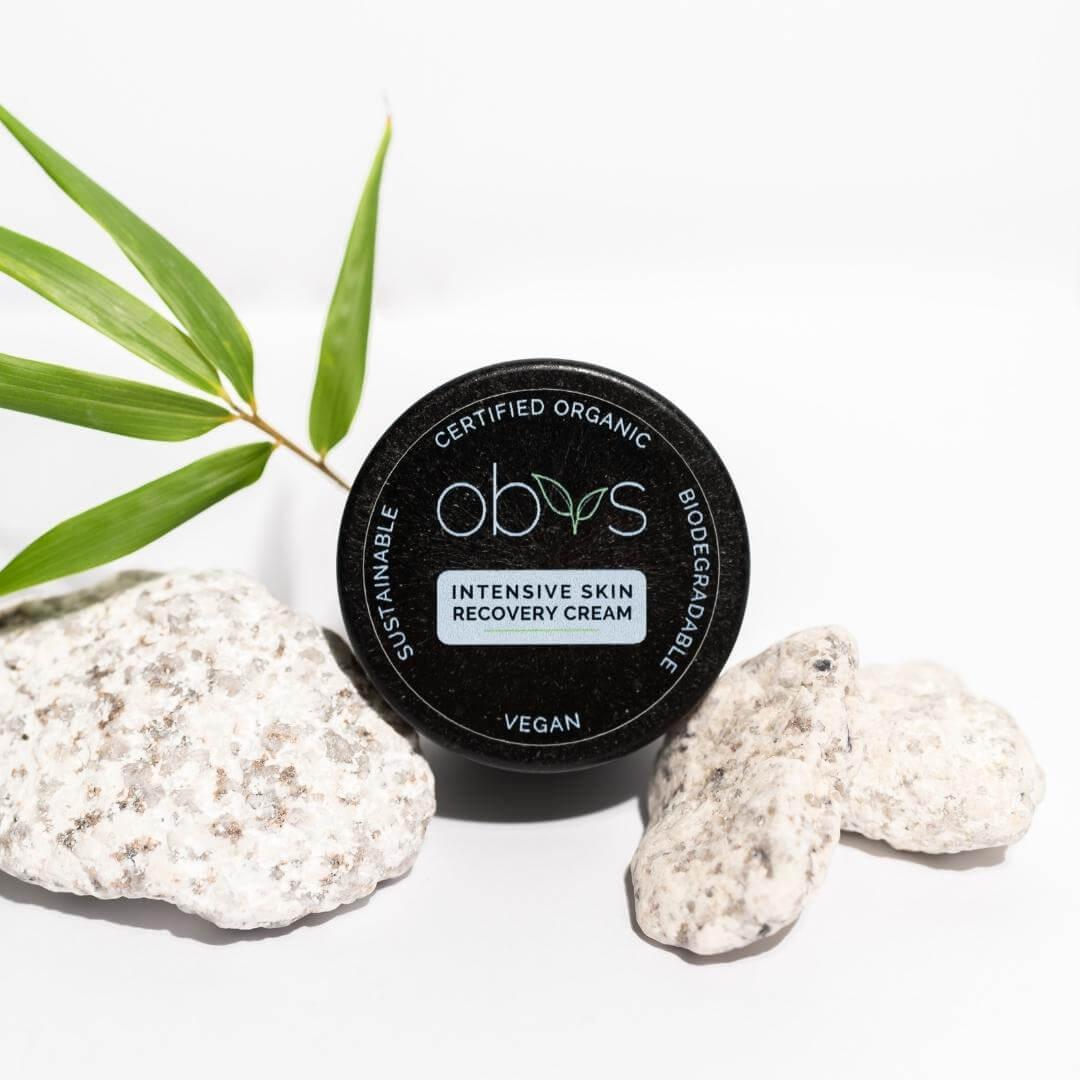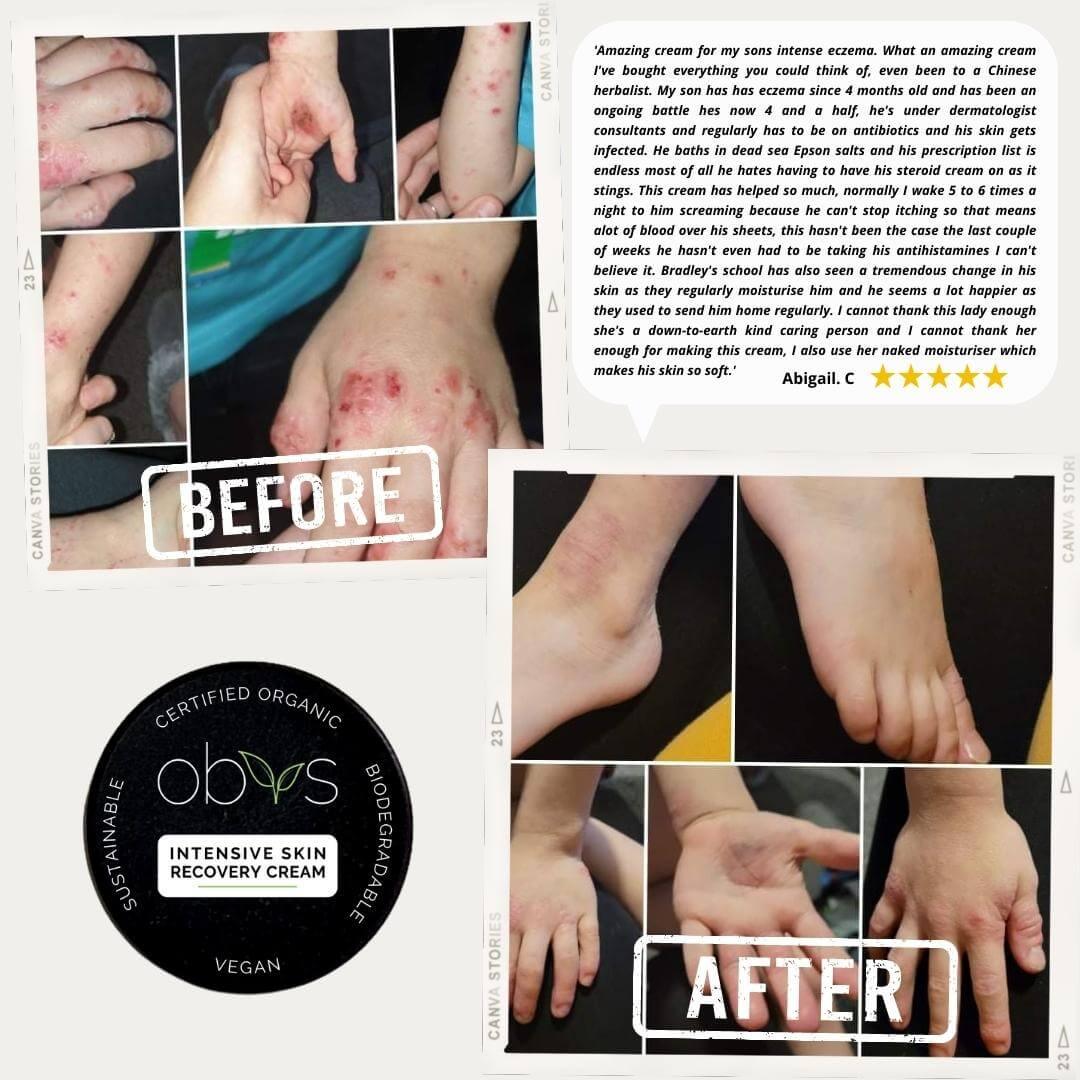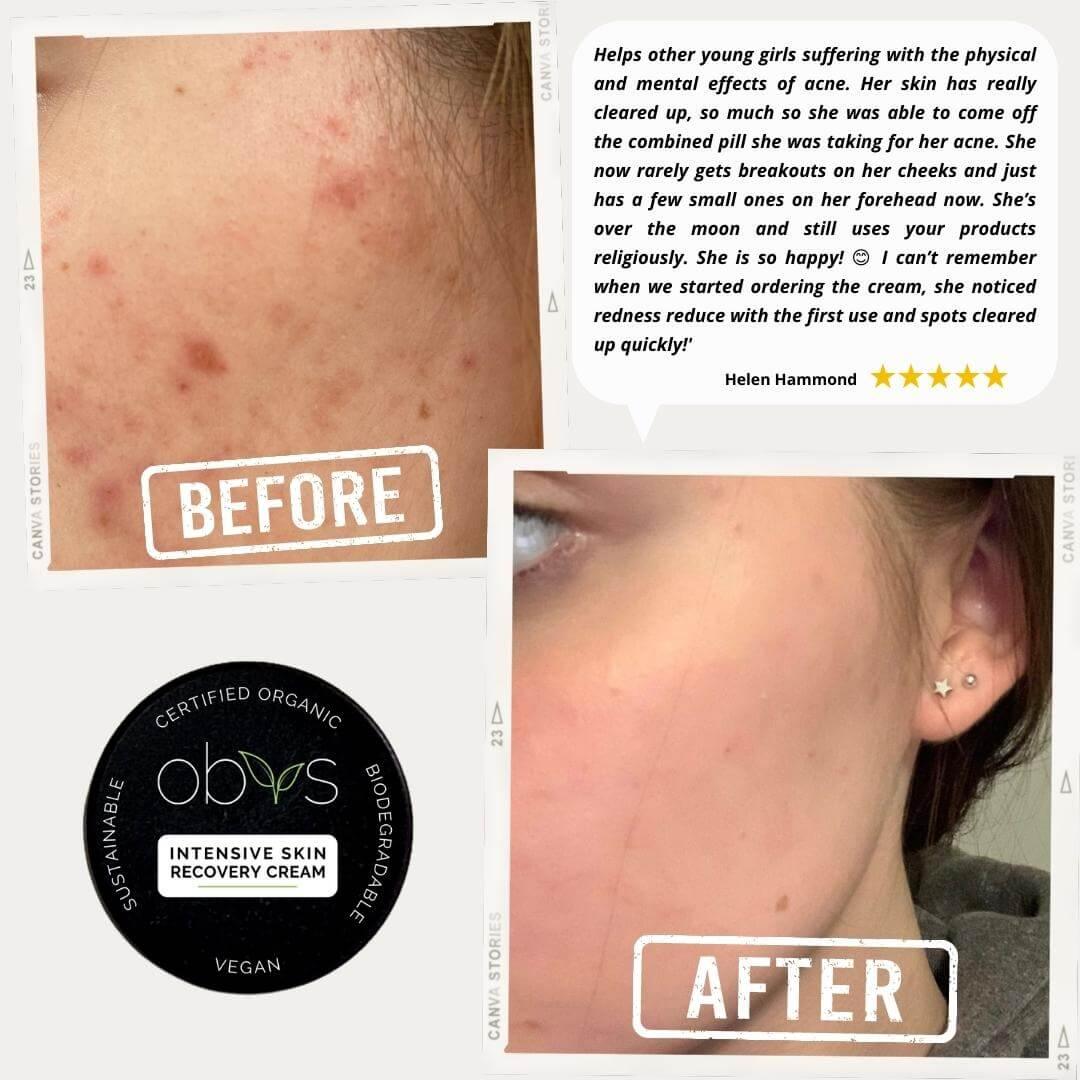
Sunscreen Secrets Big Brands Don’t Want You to Know: Why Mineral Sunscreen Wins Every Time
Share
Imagine this: you’re applying sunscreen, believing you’re shielding your skin, only to discover it’s laced with hormone-disrupting chemicals or ruining your favourite shirt. Sound familiar?
I’m Sian from Obvs Skincare, and I’m here to reveal the truth about chemical versus mineral sunscreens—and why mineral sunscreen is my top choice for sun protection. People always ask which SPF I use, and honestly, I craft my own natural sunscreen because I control every ingredient. My small business, Obvs Skincare, isn’t big enough yet to fund the official SPF testing (it costs thousands!), which differs from safety testing like the CPSR, a more affordable step. When Obvs Skincare expands, I promise to share my mineral SPF formula with you. For now, let’s explore why mineral sunscreens outshine chemical ones for skin health—and why you shouldn’t trust big brands’ sneaky marketing tactics. “Paediatrician-approved” doesn’t guarantee safety; they’re crafty like that.
Chemical Sunscreen vs. Mineral Sunscreen: The Essentials
Sunscreens fall into two categories: chemical and mineral (also called physical sunscreen). Chemical sunscreens—like those with oxybenzone, avobenzone, or octinoxate—absorb UV rays, convert them to heat, and release it from your skin. Mineral sunscreens, powered by zinc oxide sunscreen and titanium dioxide sunscreen, create a physical barrier, reflecting and scattering UV rays before they penetrate.
I’m all about mineral sunscreen benefits. Why? It’s gentler, eco-friendly, and skips the risks tied to chemical sunscreen dangers. Let’s dive deeper into sun protection options.
The Power of Mineral Sunscreen: How It Safeguards Your Skin
Zinc oxide and titanium dioxide are the heroes of mineral sunscreens. These natural minerals sit atop your skin, deflecting UVA and UVB rays like a shield. A 2011 study in Photochemical & Photobiological Sciences confirmed their broad-spectrum sunscreen abilities, with zinc oxide excelling at blocking a wider UV range (1). This physical sunscreen barrier is why they’re so effective—they don’t rely on chemical reactions within your skin.
The catch? If you don’t rub in mineral SPF properly, you might notice a white cast. That’s the minerals’ natural opacity. Thankfully, modern non-nano mineral sunscreen formulas use micronised particles to reduce this, offering invisible sun protection without the ghostly look.
Chemical Sunscreen Risks: Unveiling Toxic Ingredients
Chemical sunscreens might feel lightweight and blend seamlessly, but some ingredients are alarming. Oxybenzone, a common chemical UV filter, is an endocrine disruptor sunscreen ingredient that can interfere with hormones. A 2016 study in Archives of Environmental Contamination and Toxicology linked it to oestrogen-like effects and reproductive issues in animals (2). Worse, it’s absorbed into your bloodstream—found in blood and urine after one application, per a 2019 JAMA study (3).
Octinoxate, another chemical sunscreen ingredient, isn’t much better. Research in Environmental Health Perspectives (2017) tied it to thyroid disruption (4). Homosalate? It degrades into toxic byproducts under UV light, per a 2020 Chemical Research in Toxicology study (5). And avobenzone? It’s notorious for staining clothes, reacting with iron in water or sweat. Some chemical SPFs even sneak in microplastics as stabilisers, harming the environment alongside your skin health.
Why Mineral Sunscreen is My Must-Have
Mineral sunscreens are my go-to for safe sun protection. They’re less likely to irritate sensitive skin (zinc oxide soothes nappy rash!), and they don’t penetrate your bloodstream like chemical filters. That JAMA study showed chemical ingredients like oxybenzone lingering in blood above the FDA’s safety threshold after a day (6). Mineral SPF? It stays on the surface, delivering effective sun protection without sneaking inside. Plus, it’s a reef-safe sunscreen—unlike oxybenzone and octinoxate, banned in Hawaii for damaging coral reefs. It’s a win for skin safety and sustainability.
Beware Big Brand Marketing Hype
Big brands flash “dermatologist-tested” or “paediatrician-approved” labels, but don’t be duped. These don’t ensure chemical-free sunscreen safety; they’re just clever marketing ploys. Check the ingredients list instead—fancy claims mean nothing if it’s loaded with toxins.
Toxic Sunscreen Ingredients to Avoid
Steer clear of these chemical culprits in your SPF:
- Oxybenzone: Hormone disruptor, reef-damaging, bloodstream-absorber.
- Octinoxate: Thyroid-disrupter, banned in eco-friendly regions.
- Avobenzone: Clothes-stainer, unstable without extra chemicals.
- Homosalate: Degrades into toxic bits.
- Octocrylene: Linked to irritation and possible hormone disruption.
My Sunscreen Recommendation
While I perfect my mineral SPF at Obvs Skincare, opt for Soil Association-certified mineral sunscreens. They meet strict natural and sustainable standards, featuring zinc oxide and titanium dioxide for top-tier UV protection. You’ll love the peace of mind.
A Vital Disclaimer
Truth bomb: the sun’s UV rays can cause skin cancer and premature ageing—far worse than any chemical ingredient risks. If chemical sunscreen is your only option, wear it! But for the best sunscreen choice, go mineral when you can.
Let’s Talk Skin Health
Got sunscreen questions? Want to chat about natural skincare? Message me on Instagram @obvs_skincare - I’d love to hear from you!
References
- Smijs, T. G., & Pavel, S. (2011). Titanium dioxide and zinc oxide nanoparticles in sunscreens: focus on their safety and effectiveness. Photochemical & Photobiological Sciences, 10(10), 1401-1412.
- Downs, C. A., et al. (2016). Toxicopathological effects of the sunscreen UV filter, oxybenzone (benzophenone-3), on coral planulae and cultured primary cells. Archives of Environmental Contamination and Toxicology, 70(2), 265-288.
- Matta, M. K., et al. (2019). Effect of sunscreen application under maximal use conditions on plasma concentration of sunscreen active ingredients. JAMA, 321(21), 2082-2091.
- Schmutzler, C., et al. (2017). Endocrine disruptors and the thyroid gland—a combined in vitro and in vivo analysis of potential hazards. Environmental Health Perspectives, 125(6), 067013.
- Wang, J., et al. (2020). Photodegradation of homosalate in aqueous solution: a photochemical study. Chemical Research in Toxicology, 33(7), 1698-1705.
- Matta, M. K., et al. (2019). Effect of sunscreen application under maximal use conditions on plasma concentration of sunscreen active ingredients. JAMA, 321(21), 2082-2091.
Stay smart with your sun protection,
Sian x

